

Max Davies
2026 GWM Haval Jolion review
6 Hours Ago
JLR's CEO has apologised for lengthy delays for parts, as some dealers have been left to fit second-hand parts to clear a massive backlog.

News Editor
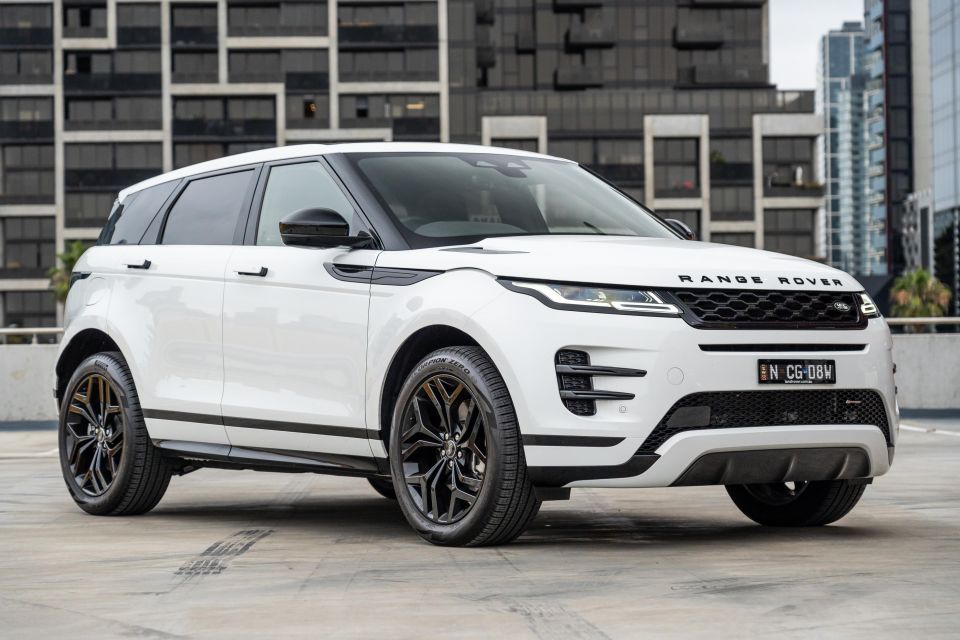

News Editor
Parts shortages have led JLR (formerly known as Jaguar Land Rover) to fit secondhand and non-genuine parts to help clear a repair queue with thousands of vehicles.
Autocar reports word from a JLR dealership employee in the UK the company is instructing dealers to take these measures.
“JLR has told retailers to source non-genuine parts to get cars fixed and out of their workshops for the last six months,” the employee said.
“One JLR senior manager even suggested we use second-hand parts if necessary, although this was ridiculed by retailers.”
One Range Rover Evoque owner has also accused JLR of using second-hand parts, but the company has said this move is an established practice.
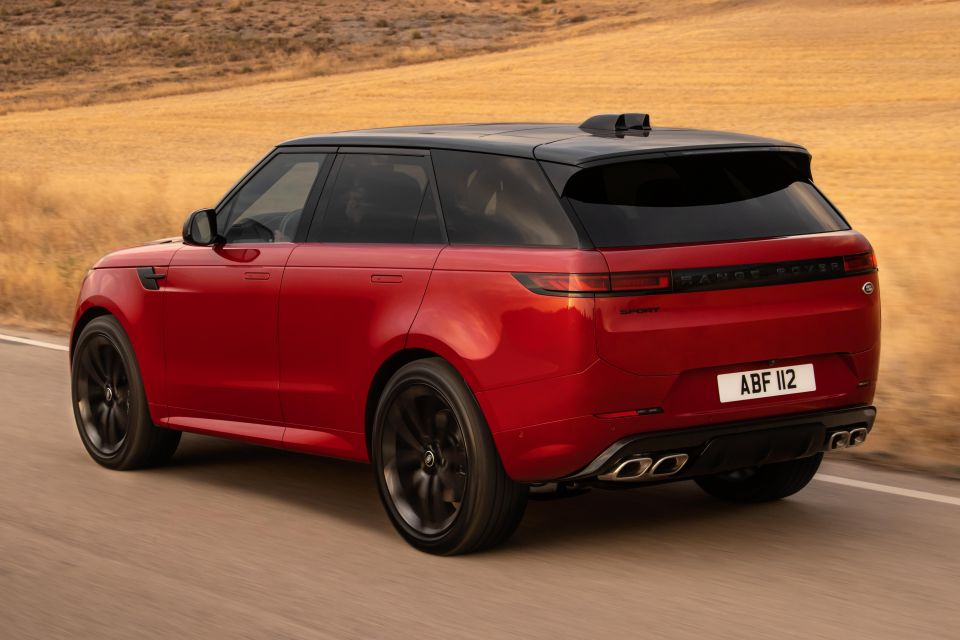
“The use of parts locally sourced by our retailers for replacement and repair is a long-established practice in exceptional circumstances, provided those parts are fit for purpose and meet JLR specifications,” JLR UK said in a statement.
“This is clearly stated as part of any warranty agreement.
“All fitted parts are subject to the same industry-standard specifications and are fit for purpose. It is JLR’s top priority to resolve the temporary parts delays some of our retailers are experiencing and minimise the impact to our clients.”
The situation is much less bleak in Australia, with a JLR spokesperson confirming late last month its customers aren’t facing the same delays.
“I can confirm that we are running in the mid 90 percentile range for availability of all Jaguar and Land Rover parts,” said a spokesperson for JLR Australia.
“JLR Australia maintains stock on our shelves from APAC, and UK where required. I can confirm we do not have an excessive number of vehicles parked up in Australia due to parts supply.”
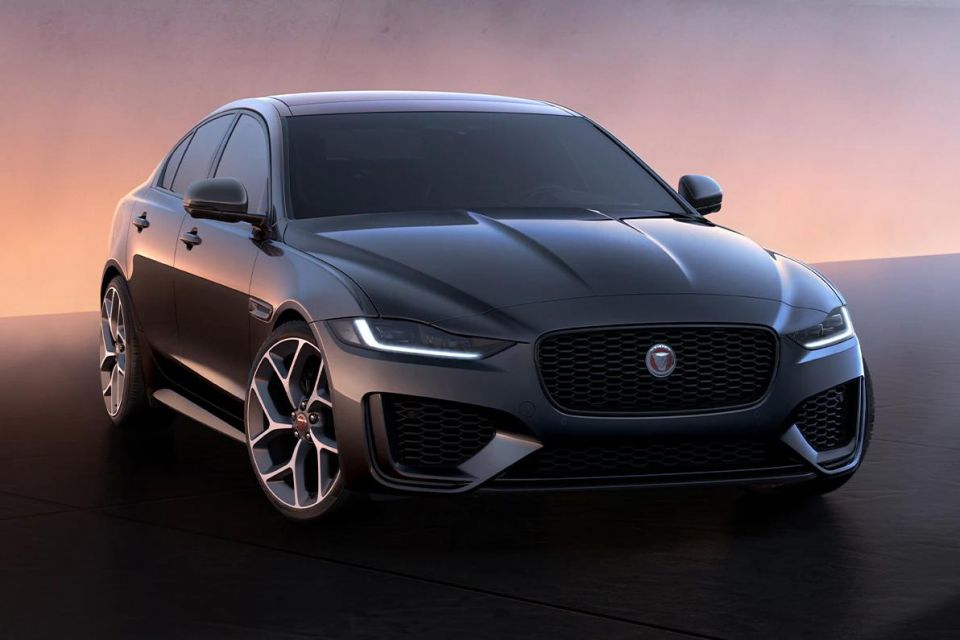
The company’s global CEO, Adrian Mardell, has placed the blame squarely at its new parts logistics hub in Leicestershire, adding the delays are something “we do need to apologise for, as well”.
“It was a planned transition but the transition is taking longer than we would originally have planned and, just to be clear, that’s something that nobody wished for, and that’s something that, as an organisation with our partner we’re working with here, we obviously have responsibility for the change,” he said.
“We are making quite significant progress but, to be clear, we’re not through this yet. It will continue to remain at this high level of focus until we are through it, which realistically is likely to be next quarter rather than this quarter.”
According to a report from Car Dealer magazine last month, as many as 10,000 Jaguar and Land Rover vehicles are affected in some way by the shortage in the UK, and 5000 of those vehicles are off the road.
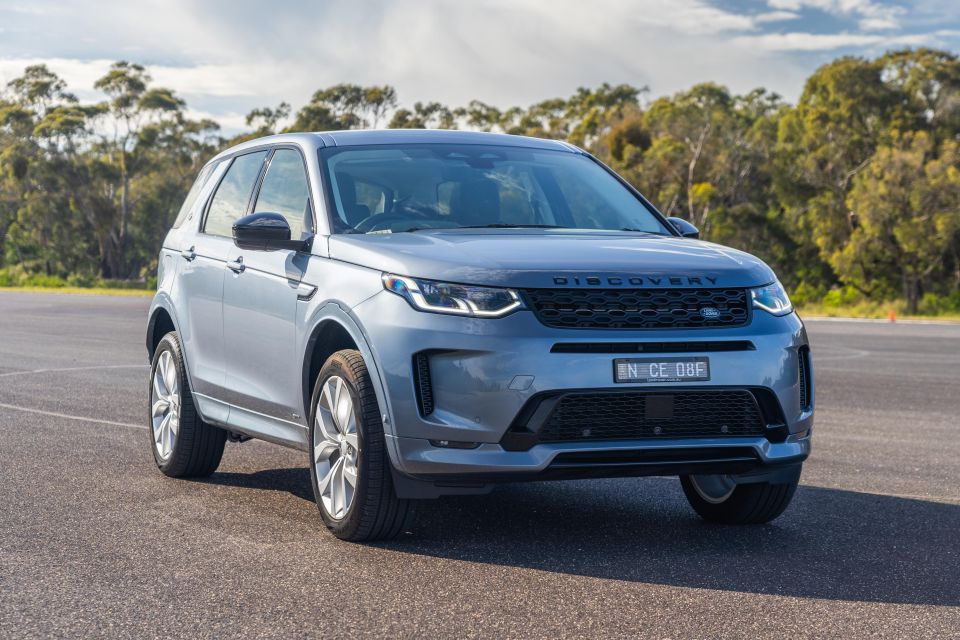
Mr Mardell confirmed these figures to Autocar.
A spokesperson for JLR also told the British publication its dealers will “locally source” parts.
The parts shortage was reportedly addressed by UK client care director Andrew Woolliscroft at a summit with JLR’s dealership network.
“We’ve run out of cars to put clients into and we’ve run out of space to park the cars waiting on parts,” he reportedly told the conference.
JLR is reportedly grappling with centralising its parts supply network, which Mr Woolliscroft has admitted to being a “mess”.
In addition to combining what were several separate warehouses into one distribution centre dubbed Mercia Park, JLR is also in the process of switching suppliers.
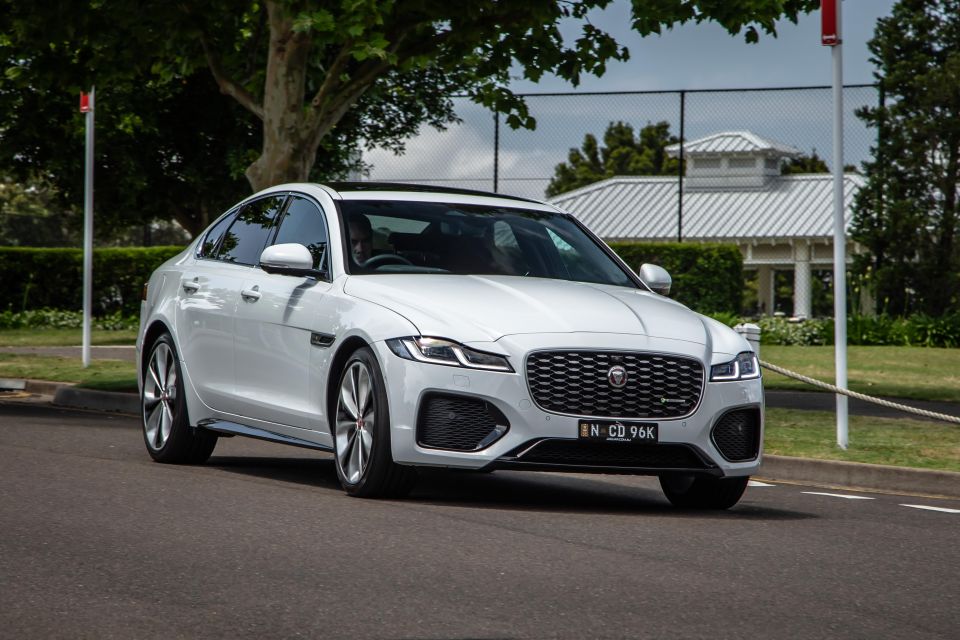
“Mercia is a bottleneck and we have a backlog of orders,” Mr Woolliscroft reportedly told dealer network attendees.
“We have a backlog inbound – as of today we have 80 lorries waiting to unload. We have a backlog in packing, as those parts are unboxed and packed into the warehouse.”
“And we have a backlog outbound as those orders are picked, packed and dispatched.”
He added that JLR was “throwing everything” at the problem and that the UK was the “number one priority ahead of any other market”.

Mr Woolliscroft reportedly apologised and admitted “most of the time it is not that we don’t have the part, it’s just jammed in the system”.
Due to the shortage of parts and the flow-on effect of JLR exhausting its loan car fleet, many customers have been left in the lurch.
Car Dealer magazine reports that one customer who owns a 2017 Range Rover Velar has been stranded for four months. The car reportedly suffered a minor impact which caused the driver assistance radar to fail.
The car has reportedly been unable to be driven ever since, with Land Rover communicating that it’ll be another 1-1.5 months before the part is located. Car Dealer magazine reports many more customers have been affected in similar ways.
William Stopford is an automotive journalist with a passion for mainstream cars, automotive history and overseas auto markets.


Max Davies
6 Hours Ago


Damion Smy
15 Hours Ago
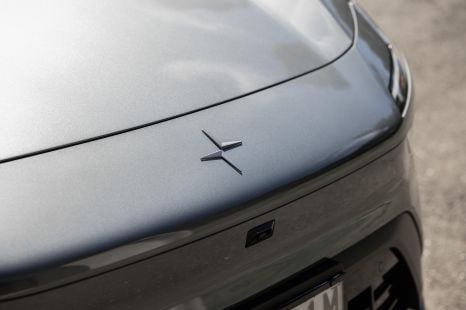

Damion Smy
15 Hours Ago


Damion Smy
17 Hours Ago


Damion Smy
19 Hours Ago


CarExpert.com.au
21 Hours Ago